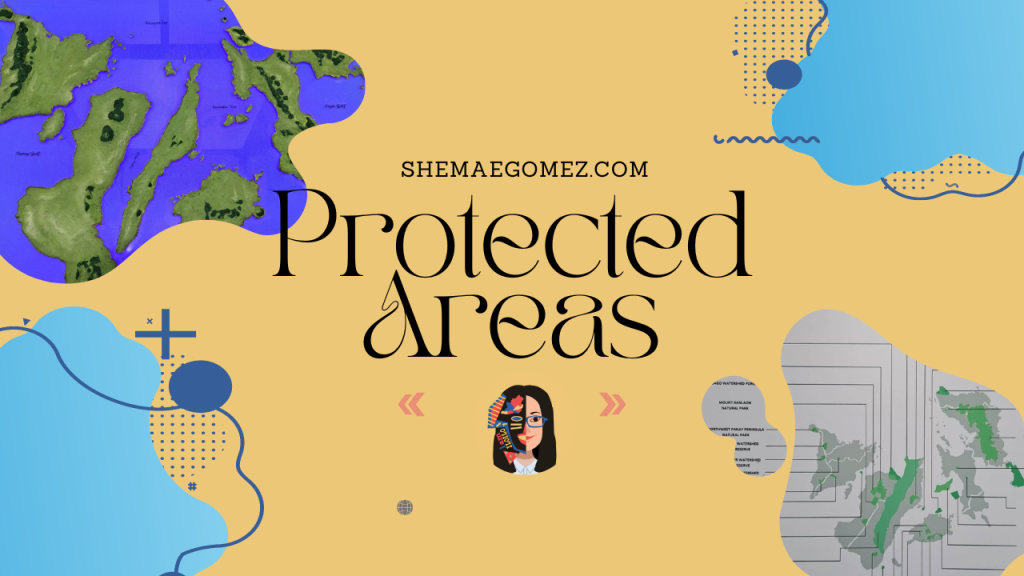Disclaimer: This is not the official press release or communications. The text are taken from the exhibit itself. All credit goes to the National Museum of the Philippines – Western Visayas Regional Museum, International Centre for the Study of the Preservation and for Restoration of Cultural Property (ICCROM), CollAsia Field Projects (Connecting Communities and Collections), and the Cultural Heritage Administration of the Republic of Korea.
The forests play an important role in protecting the environment and providing habitat for a lot of species. In addition to that, they also provide a variety of goods and recreational spaces. Forest products pertain to the materials derived from forestry which are being consumed or used for industrial purposes. The major forest products include timber, fuelwood, papers, and charcoal. There are also minor products that do not involve any use of wood which is a good approach to conserving forests and promoting livelihood for local communities, especially the indigenous people. These non-timber products come in various forms ranging from edible goods like nuts, fruits, and honey to other merchandise such as bamboo, rattan, nito, and pandan which can be used to make ornamentals, jewelries, storage boxes, purses, and accessories.
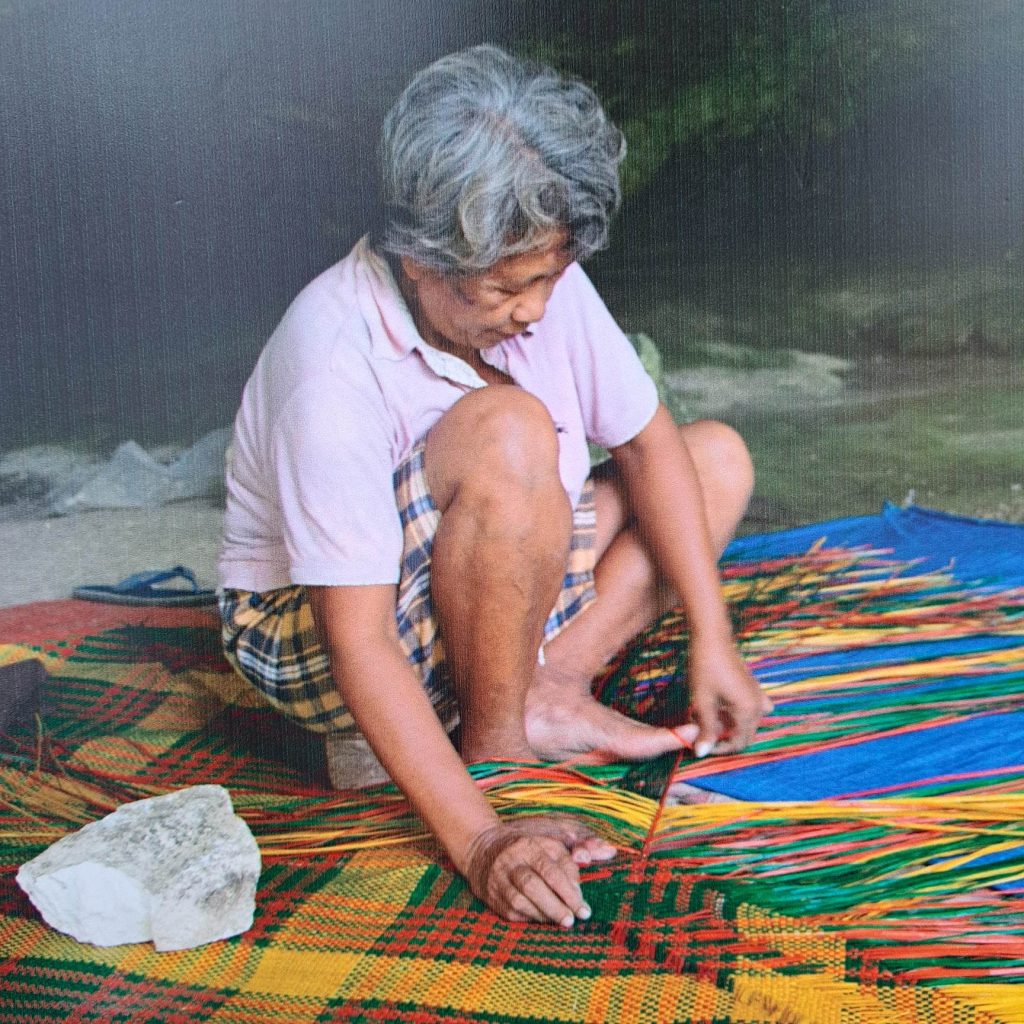
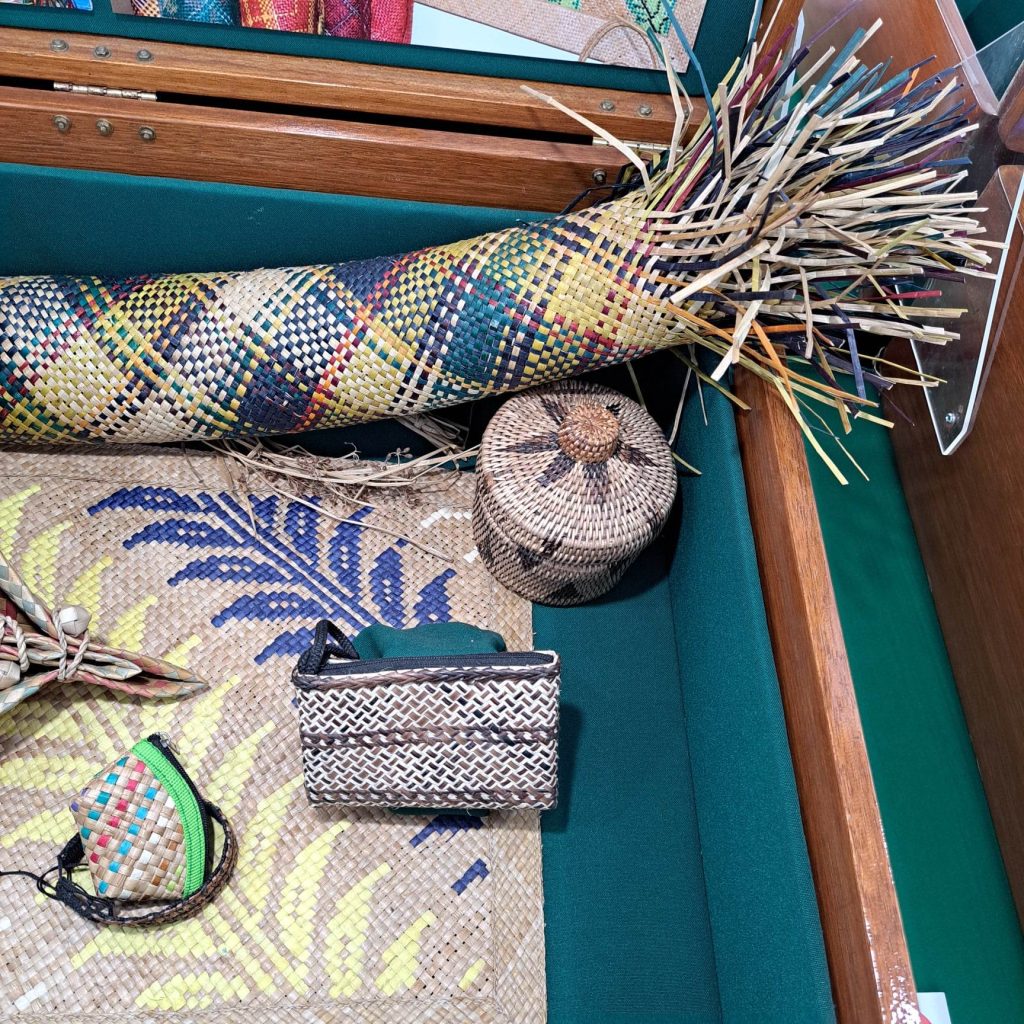
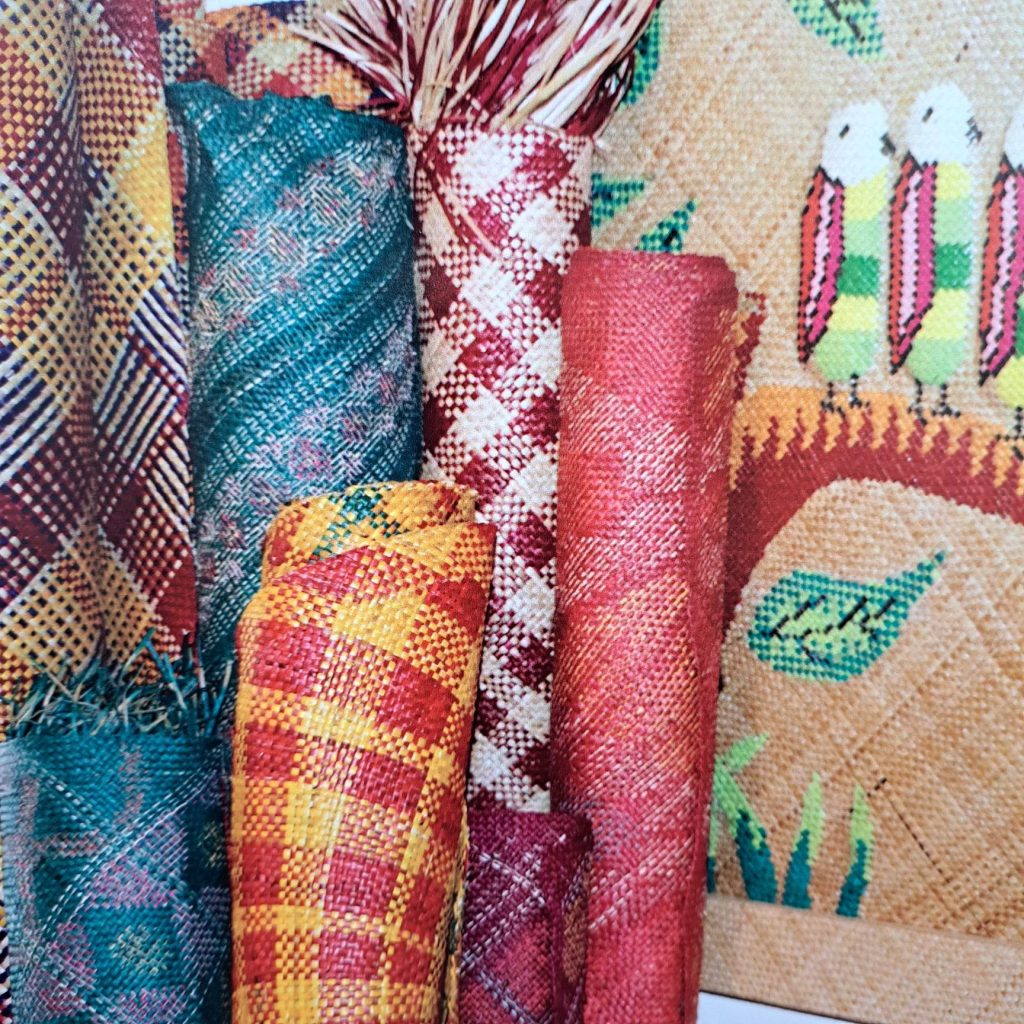

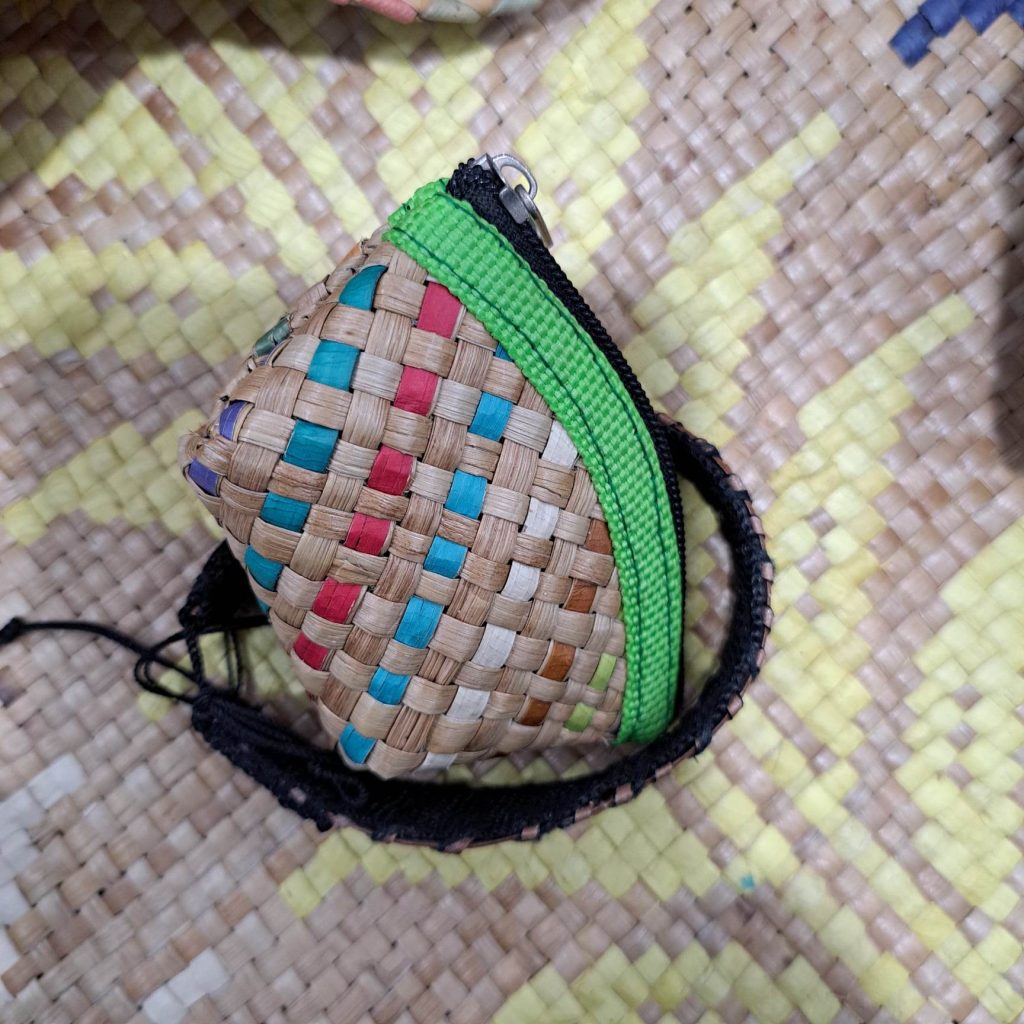
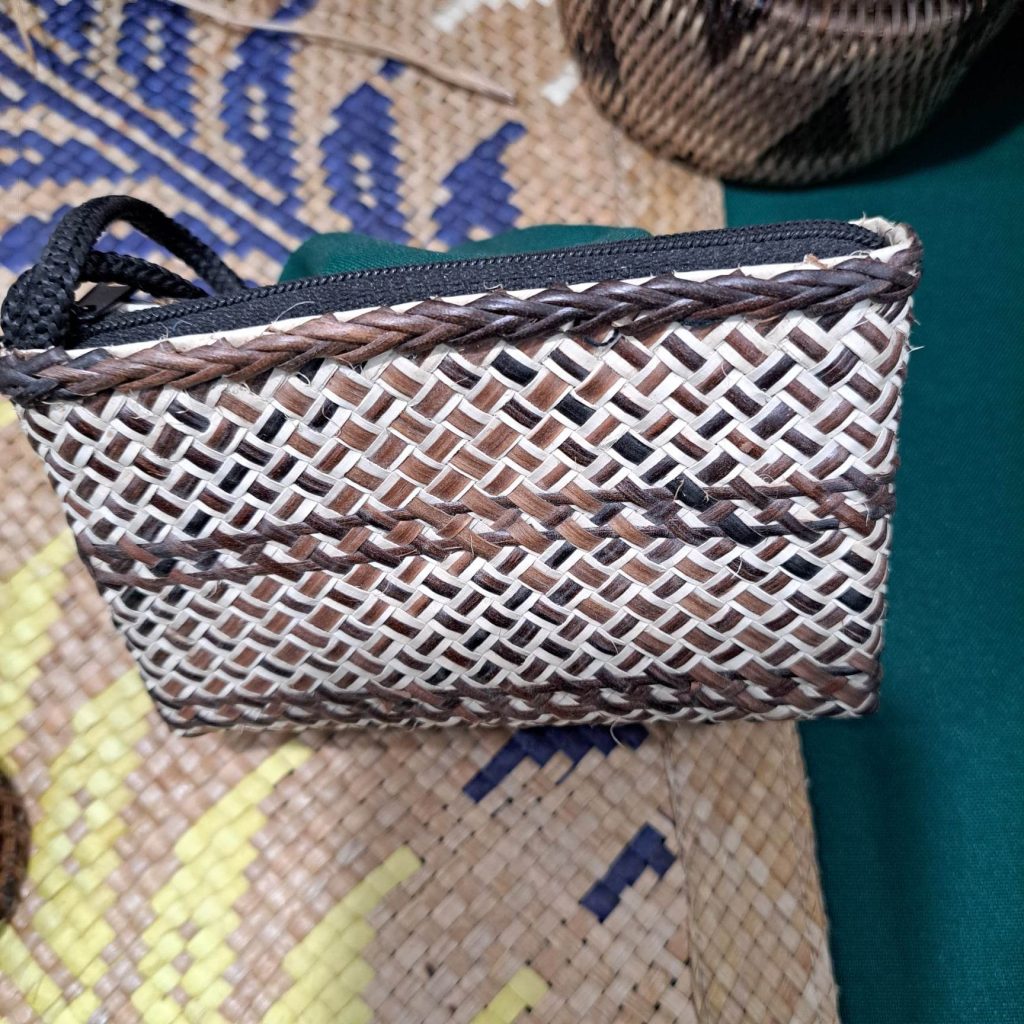
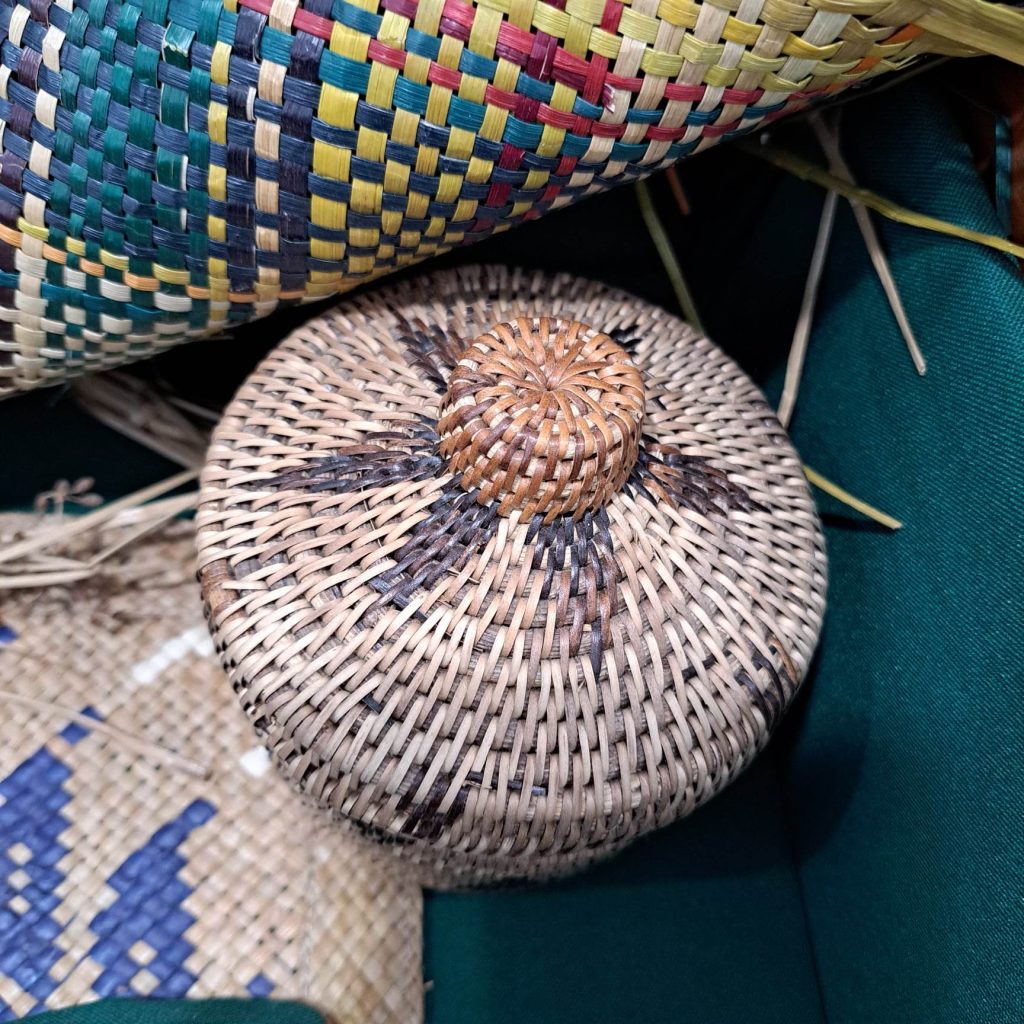
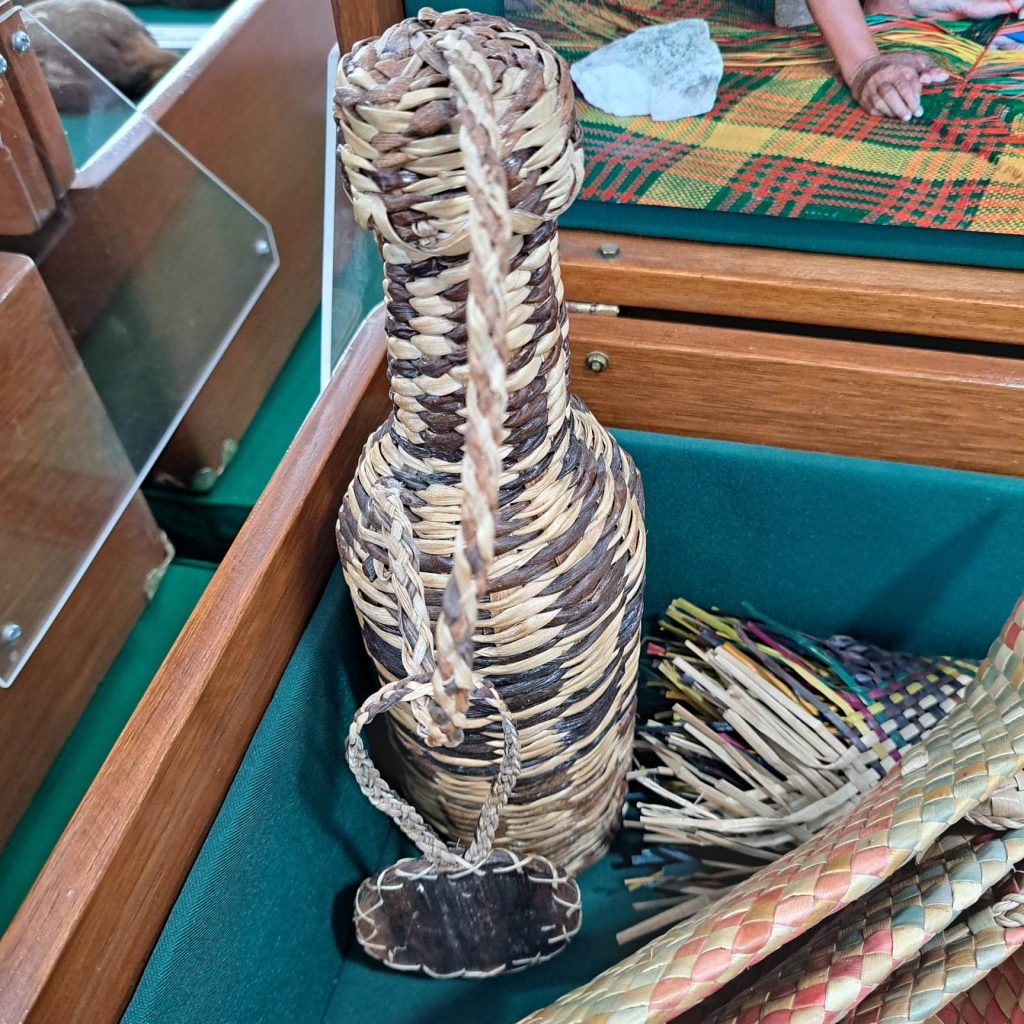
Pambansang Museo sa Barangay: Bringing Museum Collections to the Fringes
Parts of the Pambansang Museo sa Barangay:
Haból Panay: The Woven Artistry of Western Visayas
Amlig: Biodiversity Conservation in West Visayas Faunal Region
Elephant and Stegodont: The Gentle Giants of Panay
Other helpful exhibits:
Rocks of the Visayan Islands
Shells of the Visayan Region
Rafflesias of the Visayan Islands
Protected Areas of the Visayan Region
The Forest Stratification
The Kanlaon Volcano
The Chocolate Hills
The Pawikan
**Content was only based on the photos I took during my personal visit. I may have missed significant details.
